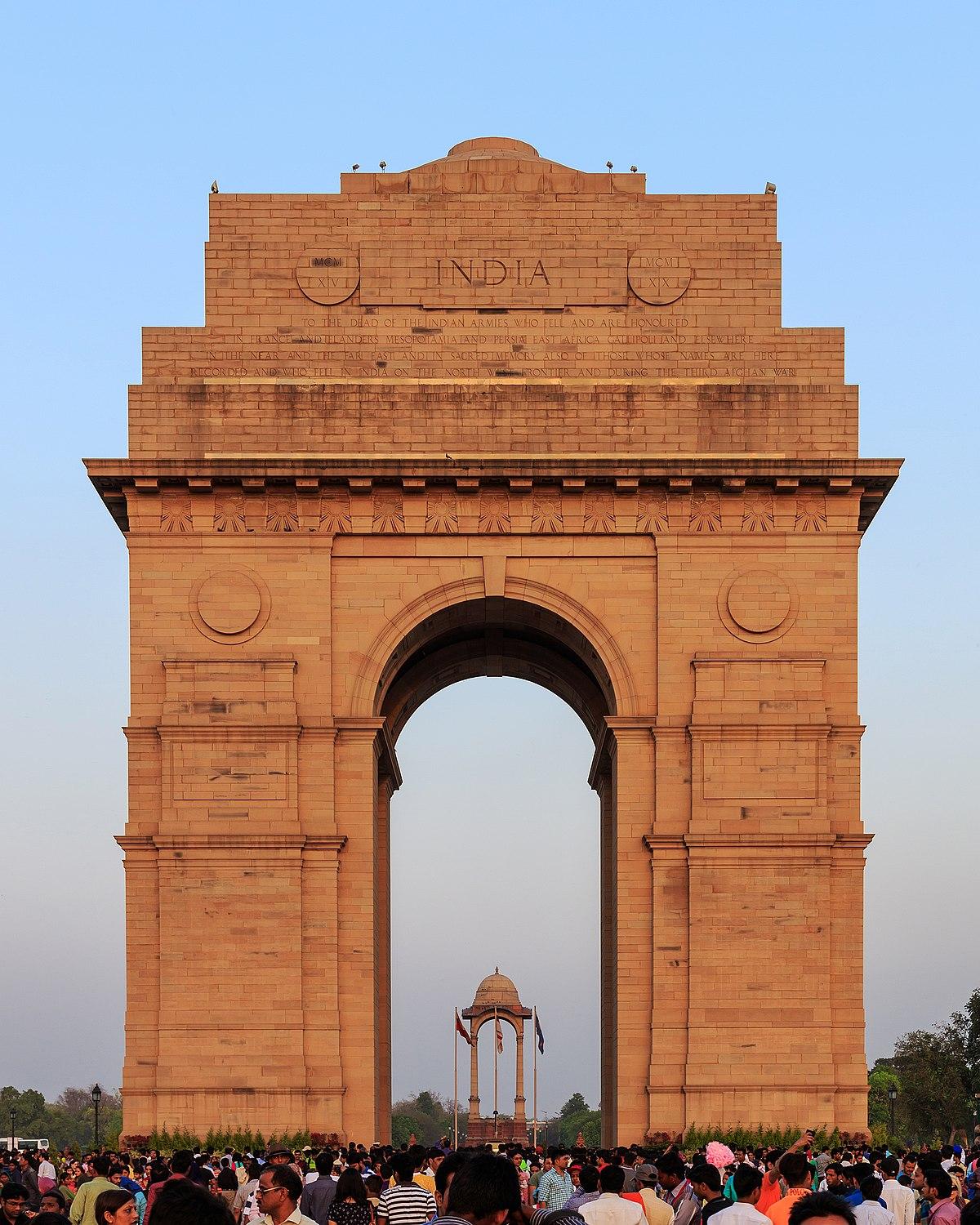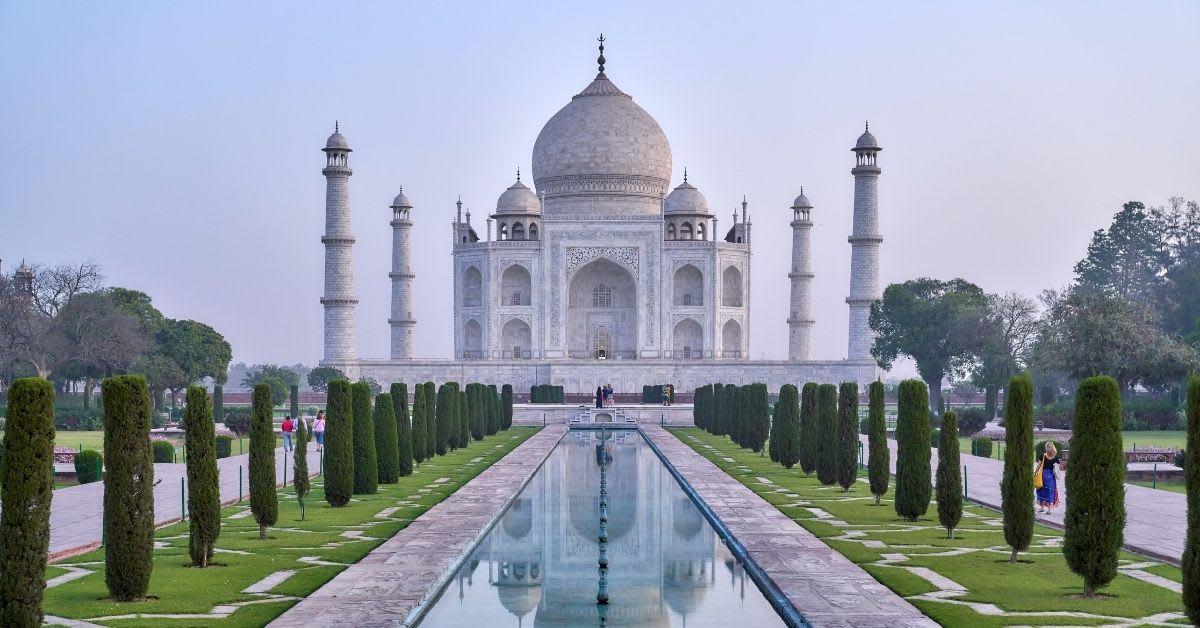As global dynamics continue to shift in the wake of geopolitical tensions and economic transformations, the concept of a G2—two dominant powers shaping international policy and influence—has gained traction, especially in discussions surrounding the United States and China. However, this emerging landscape raises an intriguing question: could India position itself as a pivotal third wheel in this G2 world? with its rapidly growing economy, strategic geographic location, and a rich history of non-alignment, India finds itself at a critical crossroads. This article delves into the complexities of India’s potential role in the global arena, exploring its relationships with both superpowers, the challenges it faces, and the opportunities that lie ahead as it navigates the intricate web of contemporary international relations. Through this examination, we aim to provide a clearer understanding of India’s aspirations and capabilities in a world increasingly defined by binary power structures.
Examining Indias Strategic Position in a Bipolar World
In a world increasingly characterized by the strategic rivalry between the United States and China, India’s position emerges as a complex balancing act. as both superpowers seek to expand their influence in Asia, India finds itself at a crucial intersection, potentially serving as a mediator or an choice ally for nations navigating the competing pressures. This positioning allows India to leverage its customary non-alignment to cultivate relationships with both sides, while also fostering regional ties through organizations like the Quad and ASEAN, which signify its intent to remain a pivotal player on the global stage.
Moreover, India’s burgeoning economy, coupled with its demographic advantages and military capabilities, bolsters its standing as a formidable third wheel. The country can harness its strategic partnerships to enhance its own security and economic interests while helping to stabilize a tense geopolitical landscape. Key considerations for India include:
Economic Diplomacy: Expanding trade relationships to diversify dependencies.
Defense Alliances: Strengthening military collaboration, particularly in technology sharing.
Soft Power: Utilizing cultural influence to build goodwill and partnerships.
Country
Strategic Relationship
Economic Impact
United States
Defense and technology cooperation
+ Bilateral trade growth
China
Complex rivalry with some economic ties
+ Supply chain integrations
Russia
Long-standing defense partnerships
– Dependency concerns

Economic Opportunities and Challenges for India in G2 Dynamics
As a rising power in the global landscape, India finds itself navigating a complex web of economic opportunities and challenges amid the G2 dynamics dominated by the United States and China. The potential for India to leverage its demographic dividend presents a important upside, particularly in areas such as digital technology, renewable energy, and manufacturing. With a youthful population and growing consumer market, India can attract foreign investments, boost its exports, and position itself as a key player in the international supply chain.This could lead to increased participation in multilateral trade agreements that favor emerging economies, allowing India to shift from a passive recipient of global policies to an active shaper of those policies.
However, the country’s ambitions are tempered by several challenges that could hinder its economic aspirations. These include infrastructure deficits, regulatory hurdles, and an unstable geopolitical surroundings. Additionally, the competition from China, which is aggressively investing in technology and R&D, poses a significant risk to India’s efforts. To address these challenges, the government must implement systemic reforms and foster collaboration with other nations to create a resilient economic backbone that can withstand the pressures of G2 geopolitics. The success of India in this dynamic space largely hinges not just on its economic strategies, but also on enhancing its diplomatic engagements and ensuring enduring development across various sectors.

Diplomatic Balancing: Indias Role in Global Geopolitics
In the ever-evolving landscape of global geopolitics,India’s position as a potential “third wheel” between the United States and China has sparked considerable debate. As the world shifts towards a G2 dynamic, New Delhi is faced with a delicate balancing act. The nation’s foreign policy is articulated around several core principles aimed at maintaining autonomy while fostering relationships with both superpowers. Key strategies include:
Strategic Partnerships: strengthening ties with like-minded countries through forums such as the Quad and establishing robust economic partnerships.
Non-Alignment: Upholding the principles of non-alignment to ensure flexibility in diplomatic relations.
Cultural Diplomacy: Leveraging soft power through cultural and historical ties to build goodwill globally.
Furthermore, India’s rapidly growing economy and demographic advantages position it as a critical player on the world stage.The nation’s engagement in multilateral negotiations, such as those seen in the United Nations and the G20, underscores its commitment to a multipolar world order. Below is a table summarizing India’s strategic initiatives aimed at maintaining balanced relations:
Strategic initiative
Description
Look East Policy
enhancing economic and strategic ties with Southeast Asia.
Act East Policy
Building deeper relations with ASEAN and East Asian countries.
Neighborhood First
Prioritizing relations with neighboring countries in South Asia.

Future Pathways: Recommendations for India to Navigate G2 Relations
To effectively navigate the complexities of G2 relations, India must embrace a multifaceted strategy that emphasizes diplomacy, technology, and sustainable development. First, India should prioritize building strong bilateral relationships with both the United States and China, establishing itself as a credible mediator in issues where both powers intersect. Engaging in trilateral dialogues with key global players, including japan and Australia, could further enhance India’s influence on the international stage. Additionally, strengthening ties with ASEAN nations can enhance regional stability and economic cooperation, positioning India as a vital player in the Indo-Pacific region.
Moreover, India must invest in technological innovation and sustainable practices to assert its presence in the global economy. This includes bolstering digital infrastructure, promoting startups, and prioritizing green technology initiatives. A focus on education and skill development will ensure that the workforce is equipped to meet the demands of an evolving global market.Furthermore, fostering an environment conducive to foreign investment while protecting domestic industries is crucial.Here are key recommendations for India:
Enhance regional partnerships: Strengthen economic and security ties with neighboring countries.
Invest in renewable energy: Lead the charge in combating climate change through sustainable practices.
Promote technology diplomacy: Collaborate on technology sharing with major powers.
Support multilateral organizations: Advocate for representation and reform in global governance institutions.
Insights and conclusions
the prospect of India positioning itself as a third wheel in an emerging G2 world dominated by the United States and China presents both opportunities and challenges. As New Delhi navigates its strategic partnerships and geopolitical interests, the balancing act becomes increasingly complex. India’s geopolitical aspirations, economic ambitions, and regional dynamics will play a crucial role in shaping its identity in this triadic relationship.While there is potential for India to carve out an influential role, it must navigate its interactions with both superpowers carefully, ensuring that it remains a key player on the global stage without compromising its sovereignty or core interests. As the international landscape continues to evolve, India’s decisions today will undoubtedly ripple through the future of global affairs. It remains to be seen whether India can successfully leverage its unique position to foster a multipolar world or if it will find itself caught in the crosscurrents of a G2 dichotomy.
Author : Sophia Davis
Publish date : 2025-03-25 18:30:00
Copyright for syndicated content belongs to the linked Source.